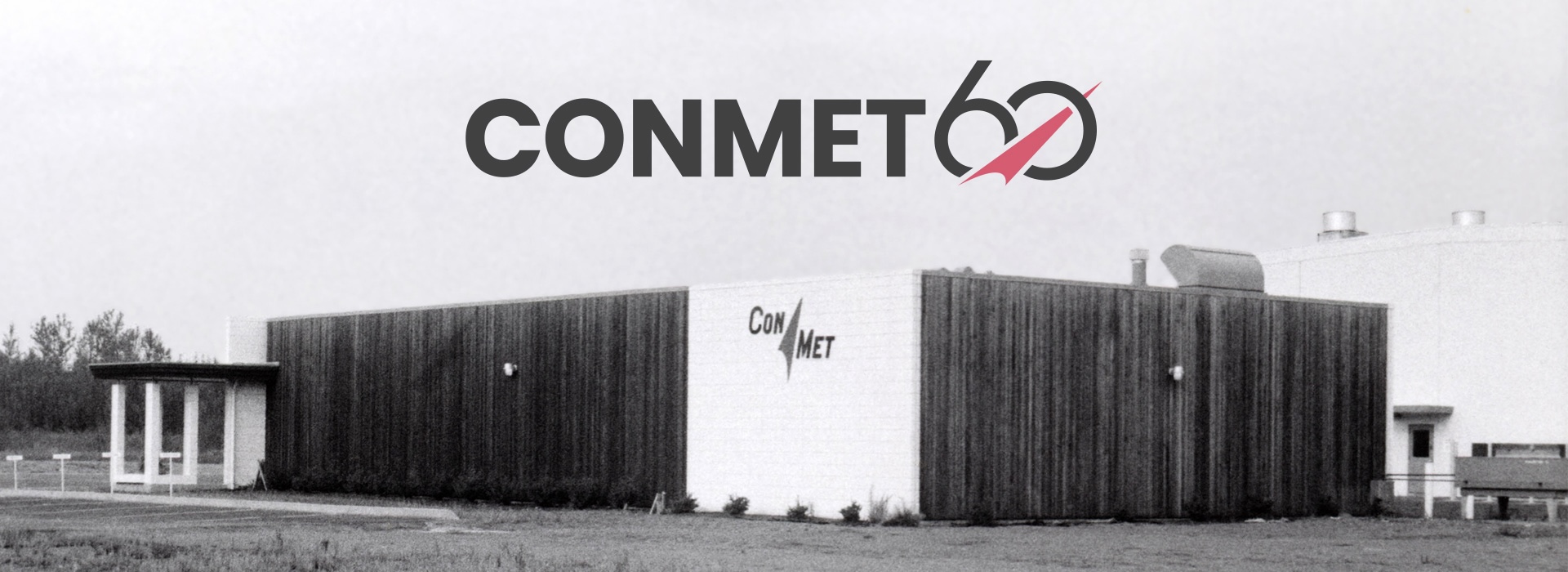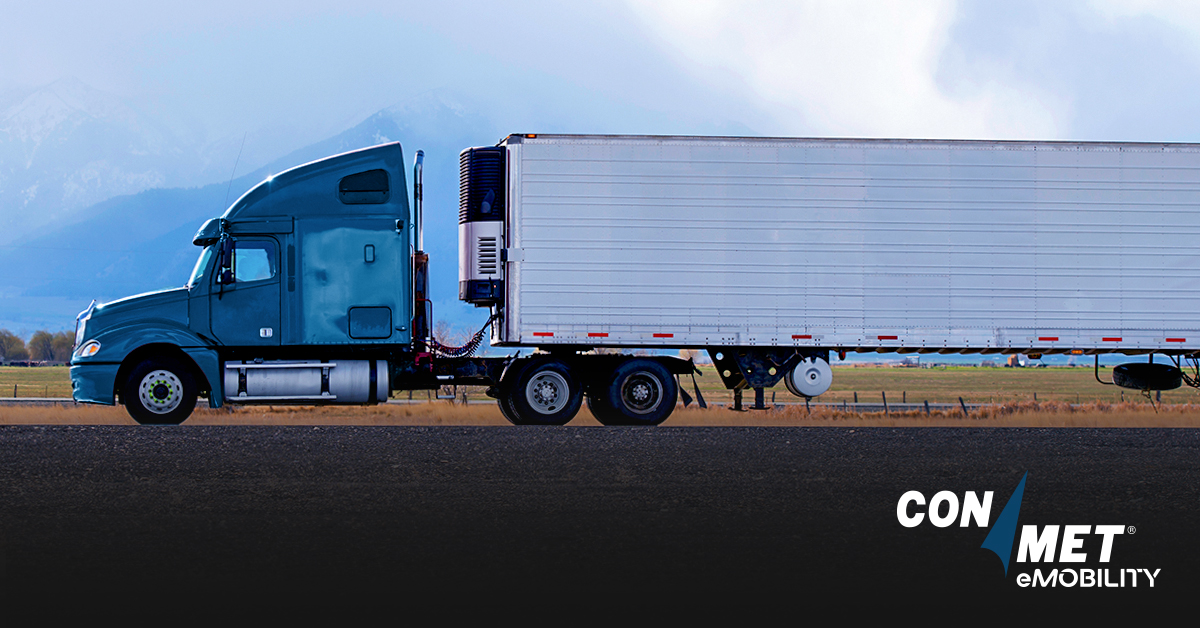The Commercial Vehicle Safety Alliance (CVSA) recently conducted its annual International Roadcheck. A 72-hour targeted inspection and enforcement program aiming to educate the industry and the general public about the importance of safe commercial vehicle operations.
The focus of the event this year was the wheel end. According to CVSA, violations involving issues with wheel end components historically account for about 25% of vehicle out-of-service violations discovered during International Roadcheck. Past International Roadcheck data has consistently found issues with wheel end components in the top 10 of vehicle violations.
Now the wheel end is top-of-mind for many drivers and fleets, thanks to this year’s Roadcheck. As one of the most critical and complex systems on the vehicle, the wheel end can be intimidating, especially for drivers who want to ensure their safety and the safety of others on the road.
As National Service Manager for ConMet, I travel to different fleets and maintenance shops all over the country to educate and re-educate technicians and drivers on wheel end procedures, best practices, and safety tips. Here are some of my top tips for drivers inspecting the wheel end for potential problems before each trip.
- Look for loose, missing, or broken fasteners on hubcap bolts and wheel bolts. Rusty or dark streaks coming from the wheel bolts are signs of potentially loose fasteners.
- Check for lubricant leaks on the hubcap, drive axle flange gasket, and oil fill plug. Replace any leaking or damaged components.
- Check lubricant quantity and condition in oil lubricated steer and trailer hubs. The sight glass on oil lubricated steer and trailer hubs should be clean enough to visually inspect the lubricant through. A milky appearance is an indication of possible moisture contamination in wheel end lubricant. On oil lubricated wheel-ends, use a magnet to look for metallic particles that may be in the lubricant.
- Inspect the inside of the wheel and brake assembly for signs of wheel seal leaks, including lubricant on the brake components or inside the wheel. A wet, actively leaking seal should be repaired before the vehicle is put into service for the day.
- Check for damaged or severely worn brake drums or disc brake rotors. It is easy to inspect these components while inspecting the wheel end for a possible seal leak.
These visual inspections can uncover some of the most critical issues on a wheel end. If there are issues with any of the inspection checks listed above, problems need to be addressed before placing the vehicle back into service. Please keep in mind that drivers should always conduct a full inspection of the vehicle before each trip, adhering to their company’s procedures.
Our online training courses can teach you more about our products and how they work. Enroll here, training.conmet.com
VANCOUVER, WA | by Roger Maye, Director Technical Services


